SATO Shintaro
Boundaries
Mar 23 - May 13, 2023
Closed on May 6, Sat
PGI
-
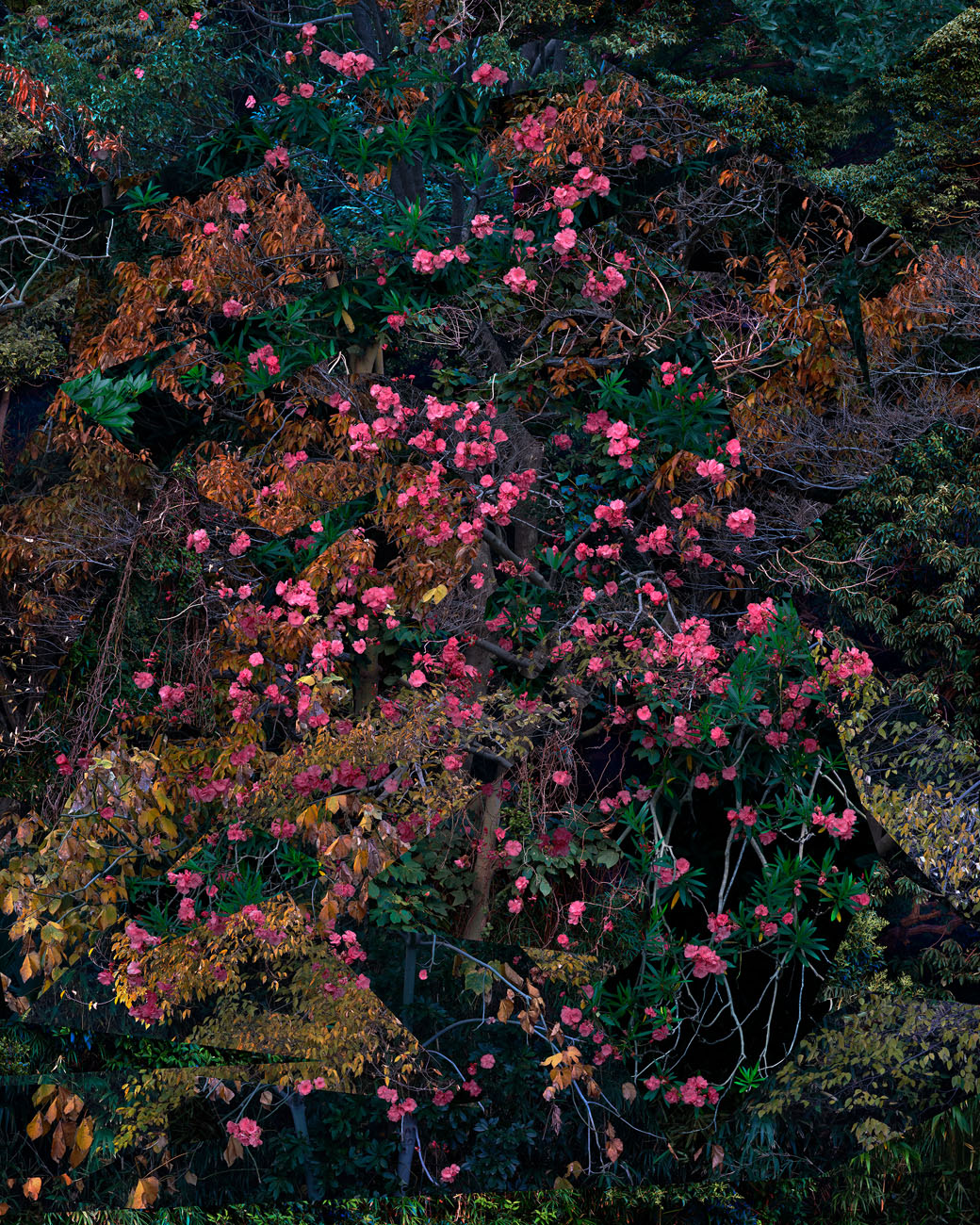
#004 ©SATO Shintaro
-
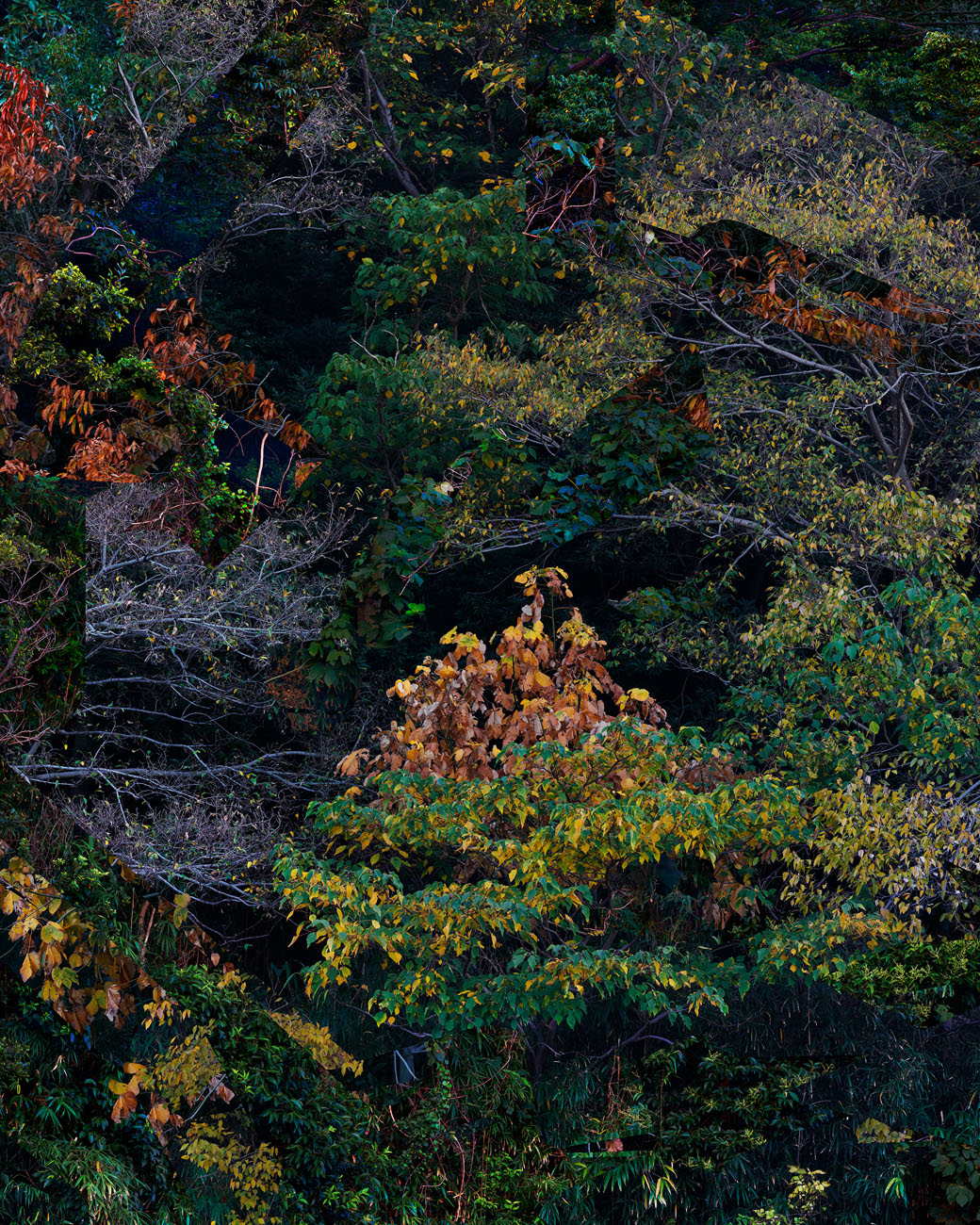
#005 ©SATO Shintaro
-
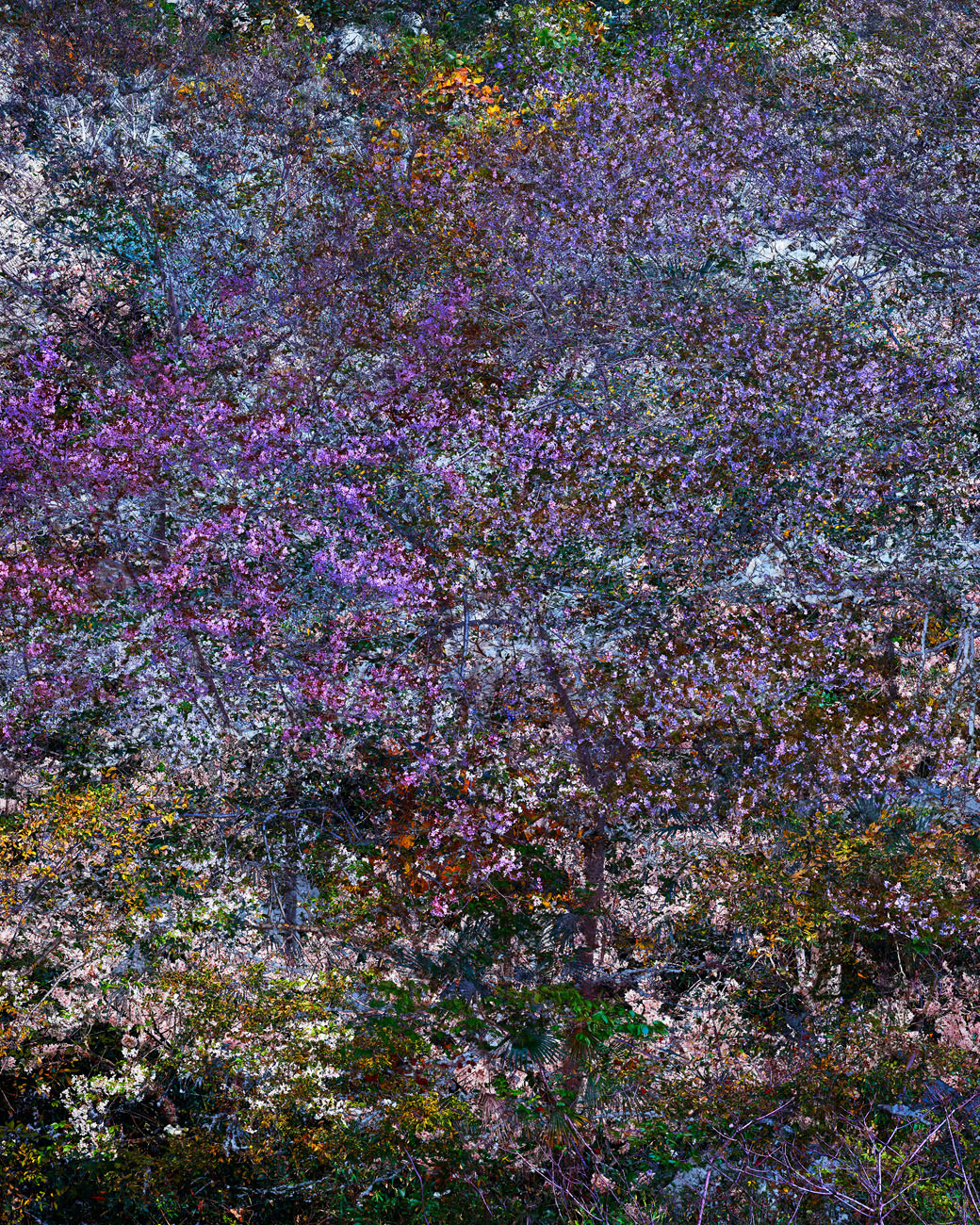
#017 ©SATO Shintaro
-
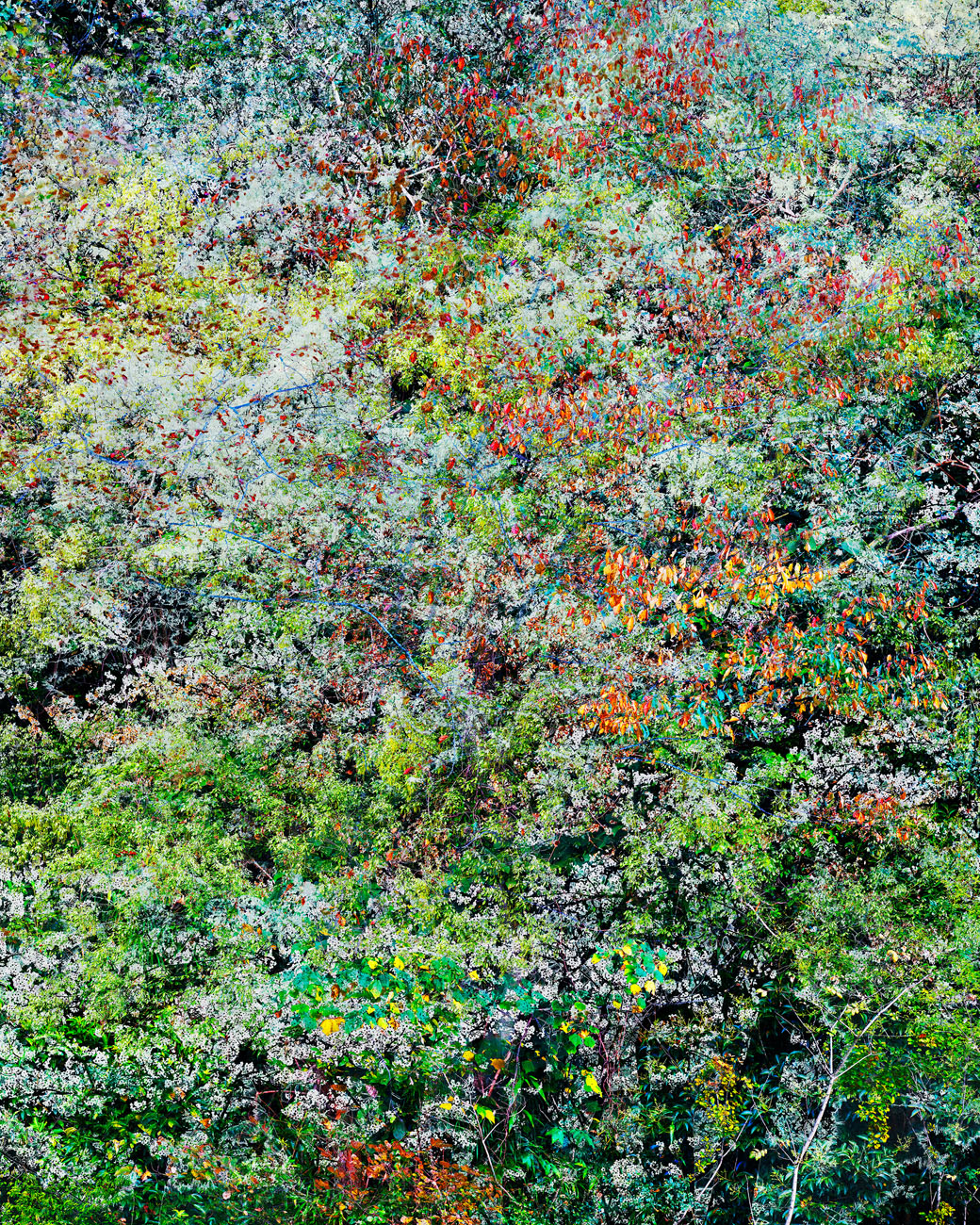
#015 ©SATO Shintaro
-
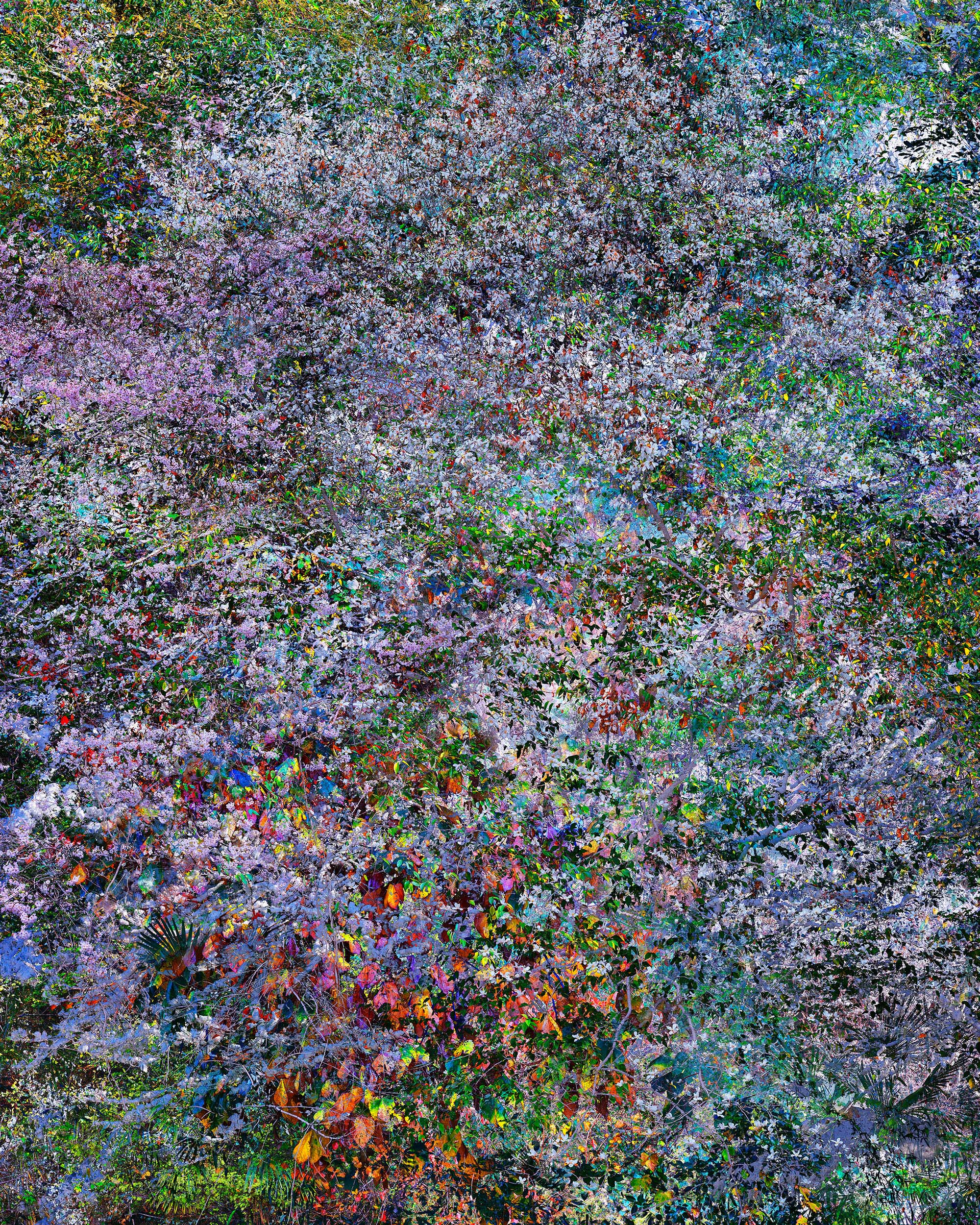
#067 ©SATO Shintaro
-
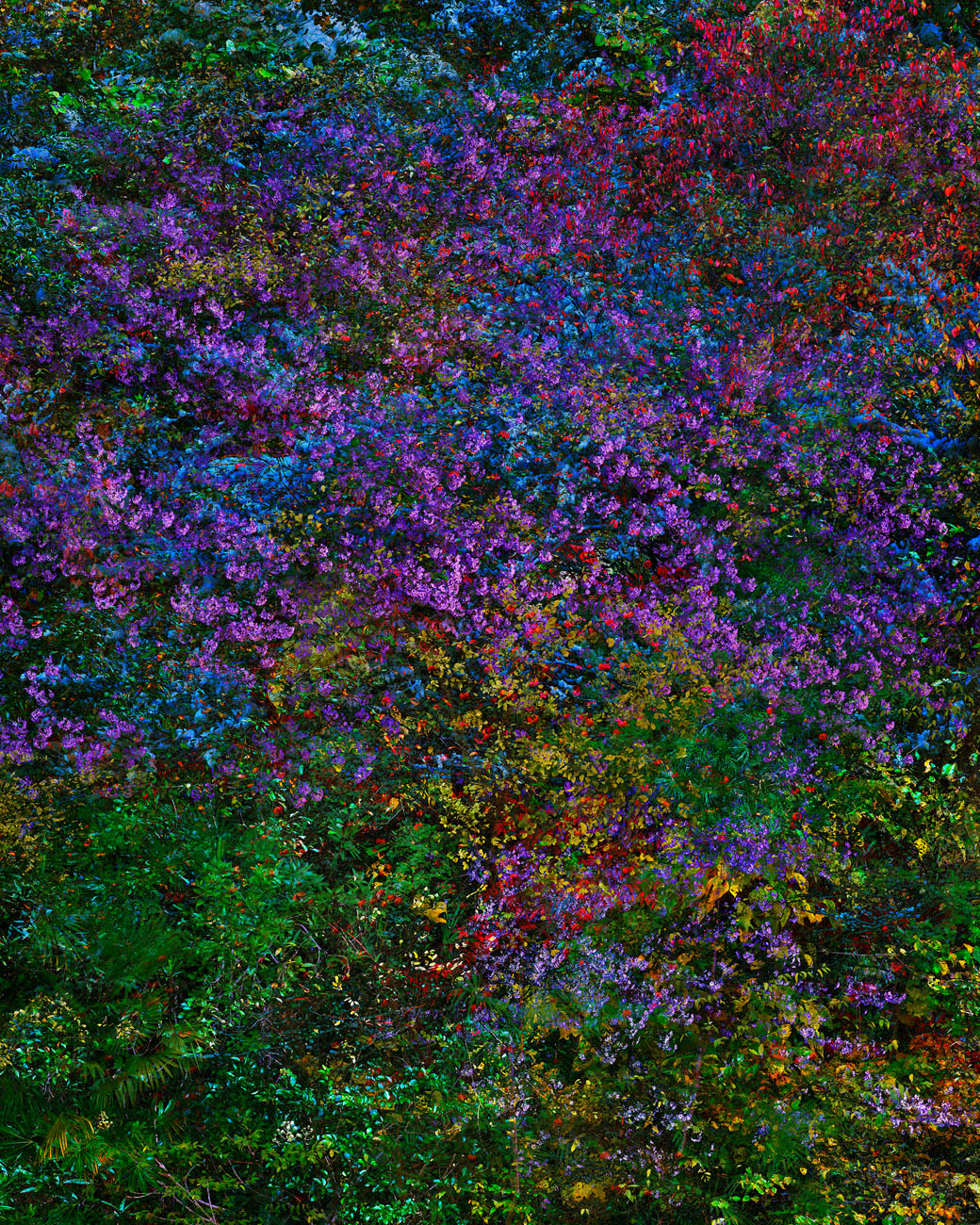
#073 ©SATO Shintaro
【GW schedule】
4/29(Sat) Closed
4/30(Sun) Closed
5/1(Mon) Open
5/2(Tue) Open
5/3(Wed)〜7(Sun) Closed
PGI is pleased to present Boundaries, an exhibition of new works by the Japanese photographer Shintaro Sato.
In his work, Shintaro Sato has continued to explore the endlessly, organically changing city of Tokyo from a multitude of perspectives. His debut work Geography examined the land that became the foundation of the city; Night Lights captures the atmosphere of the entertainment districts; Tokyo Twilight Zone, shot from various fire escapes, takes a look at Tokyo from a unique, comprehensive birds-eye view; Risen in the East explores how the area surrounding the Tokyo Skytree has been transformed by its construction. After photographing most of these work in Tokyo’s east, Sato focused on the Imperial Palace in the center of the city for his series The Origin of Tokyo, which captures the many local histories, memories and idiosyncrasies arising from the combined daily activities of the area’s inhabitants.
During the creation of the series, Sato realized that Edo Castle once immediately faced Tokyo Bay, and that the city of Tokyo began directly on the boundary between land and sea. The new information led him to think about the inherent boundaries of the city. Once more, he turned his attention towards the ground – the foundation of the city, and the origin of his photographic career.
His series Boundaries revolves around a steep area that once represented the boundary between land and sea. Overgrown with trees and bushes, the subject of the series appears to be a forest at first sight but is actually a vertically rising cliff several kilometers in length. Sato documented this place with the meticulous attention and care for every detail that characterizes his body of work. Then, by using the computer to combine multiple captures into single images Sato imbued his work with a complex temporal and spatial dimensionality that arises from the multiple layers of plants, trees and flowers.
While Geography depicted flat space in a two-dimensional way to bring forth new perspective and images, Shintaro Sato’s Boundaries series involves intricate layers to disrupt time and space itself, resulting in photographs that emanate an overwhelming, irregular sense of presence.
Shintaro Sato: ‘My actions are perhaps closer to creating entirely new boundaries instead of merely depicting them.’
This exhibition at PGI features twenty works made using the archival pigment printing process.
Statement
In 2016, when I photographed the vicinity of the Imperial Palace, I grew interested in the fact that this was where the city of Edo/Tokyo originated, in this quasi-liminal area that once faced the sea, and I began to think deeper about boundaries in urban spaces. The area where I live is riddled with geographical undulations, some of them steep like a cliff. It once directly bordered Tokyo Bay, and its kilometer-long precipices acted as a border between land and sea. This area is mainly the subject of this series. The cliffs are now overgrown with trees and grass and other greenery to the extent they appear like a forest. But this is a forest that is completely flat, lacks any depth, and rises up vertically. I sense a unique ambience here, one that belongs to boundaries and fringes. And as if to lend substance to this feeling, the area happens to be dotted with shrines, torii gates, graves and small worshipping sites—places that symbolize the divide between life and death, between this world and the next.
In the beginning I took photographs and made prints for each separate location, as if trying to shoot portraits. But then, when I was throwing around prints with the white border cut off, I noticed a new kind of space created from the overlapping images. Though they had been taken at different times and places, they corresponded in such a way as to form a new, beautiful space and time. I found myself fascinated by this accidental beauty that emerged in the periphery of carefully created photographs. The series came into existence when I experimented with the computer to reproduce the time-space created by the interactions of the prints. In the beginning I arranged and overlaid fragments cut straight from multiple images, but later decided to layer and combine elements such as leaves, branches, trees, flowers and so on as ready-made shapes. This approach may fall under the umbrella of the collage, but I think a more fitting word would be ‘recombine.’ In collages, image parts are added and arranged to gradually complete the whole. Recombining, however, involves the rearrangement of a limited set of image data, and the whole continues to change unexpectedly and in unforeseen ways.
Places and seasons interact and influence one another in the two-dimensional plane of these images, allowing the emergence of a complex, fluctuating space-time with no clear differentiation between up and down. This real, multi-layered and multi-temporal space-time differs from the easily-perceived perspectives of conventional photographs. The resulting images defy empathy, and they bring out the inherent materiality of photography.
SATO Shintaro
English translation by Robert Zetzsche
Born in Tokyo in 1969. He graduated from the Tokyo College of Photography in 1992. He joined Kyodo News as a staff photographer after graduating from Waseda University, School of Letter, Arts and Sciences in 1995, and has worked as a freelance photographer since 2002. His work is themed around the distinctive atmosphere – or the “soul” – of the land itself. Sato received the Newcomer’s Award from the Photographic Society of Japan in 2009 and the Tadahiko Hayashi Award in 2012.
His major exhibitions include Night Lights (PGI, 2014), The Spirit of the Place (Canon Gallery S, 2014), Tokyo Tokyo and TOKYO – Contemporary Japanese Photography vol.13 (Tokyo Photographic Art Museum, 2016), Civilization: The Way We Live Now (National Museum of Modern and Contemporary Art, Korea, 2018, world touring exhibitions) and The Origin of Tokyo (PGI, 2019).
His publications include Night Lights (2014), Risen in the East (2011), Tokyo Twilight Zone (2008) (all published with Seigensha Art Publishing, Inc.) and Geography(Fugensha, 2019).